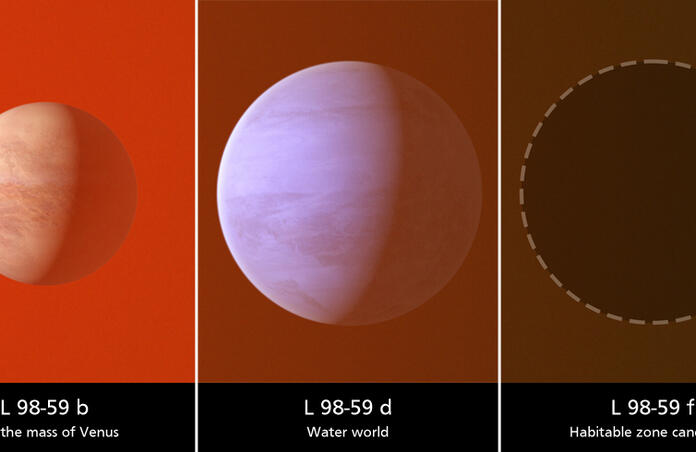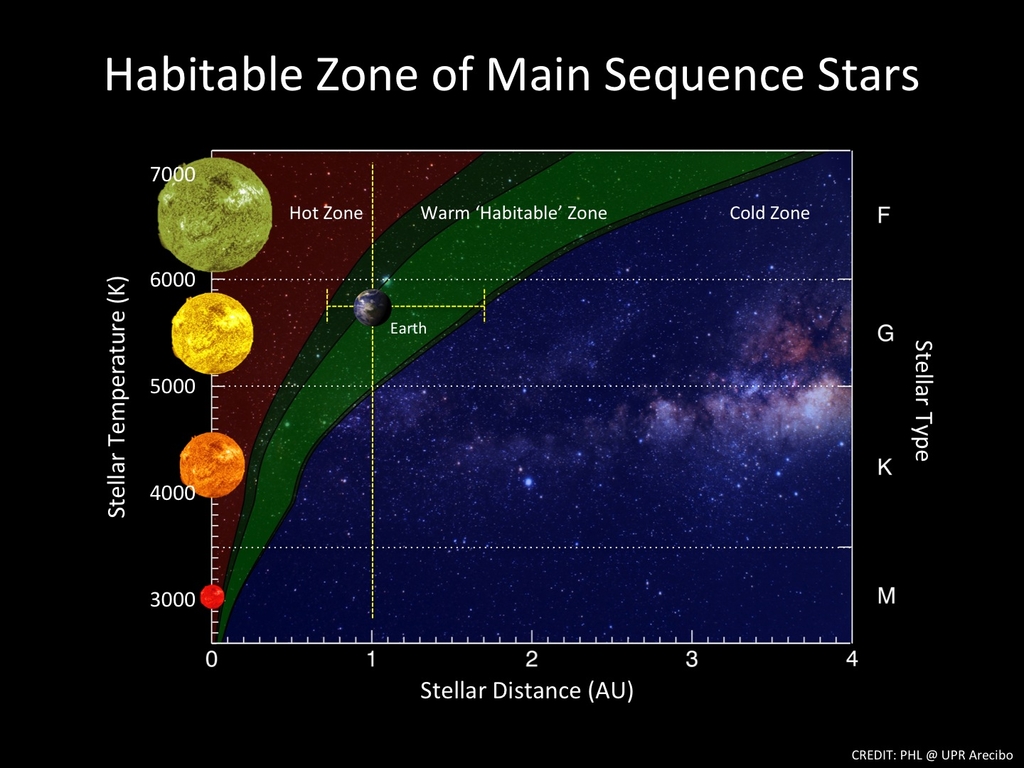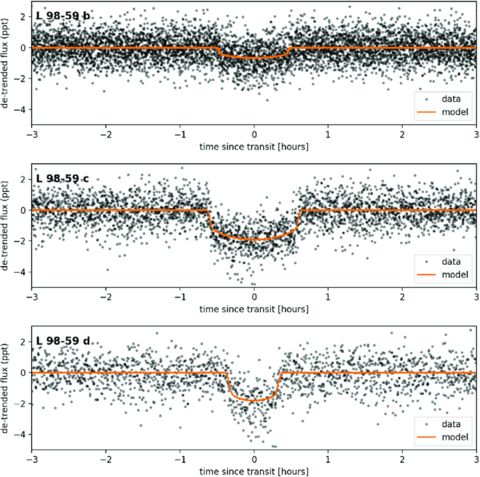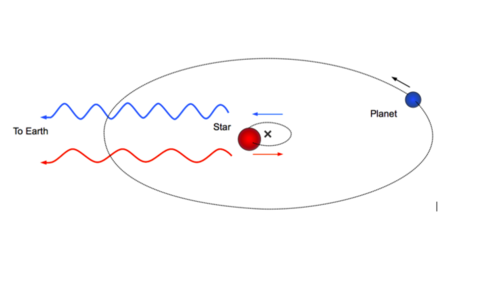Could L 98-59a be orbited by an inhabited planet ?

The L 98-59 exoplanetary system is located only 35 light-years away from Earth, and may be one of the closest ones where a planet hosts life.
The star in this system is an M-type star; also called red dwarfs, these are thought to be the most common ones in the Universe - within our galaxy, about three quarters of the stars are of this type. This is fascinating considering that even the brightest M-type stars don’t have a high enough magnitude to be visible with the naked eye! What’s more, their surface temperature doesn’t exceed 4000 K, which implies that the habitability zone is much narrower that for, e.g., the Sun and also that’s it’s much closer to the star – only at a distance of around a tenth of Mercury’s orbit. Note that this “Goldilocks” zone is typically defined as where life as we know it from terrestrial biology could be sustained, often considering the likelihood of water on the planet being liquid.

In 2019, astronomers used the Echelle SPectrograph for Rocky Exoplanets and Stable Spectroscopic Observations (ESPRESSO) spectrograph on the Very Large Telescope (VLT) and the Transiting Exoplanet Survey Satellite (TESS) space telescope to detect the three inner planets of L 98-59. While this was done with the transit method, this initial discovery has now been followed by findings based on the radial velocity method, which is based on the law of gravitation – the planet also exerts a force on the star, hence the star moves, which can get measured using the Doppler effect, according to which spectral lines will shift in the spectrum we receive from the star. Variations down to 3 meters per second can be detected with the High Accuracy Radial Velocity Planet Searcher (HARPS), also on the VLT, and can be used to determine the planet’s mass; in this case, the innermost planet was found to have a mass of half that of Venus, which sets a new record for the lightest planet to have been measured with the radial velocity technique.

Transit data for L98-59b,c,d 
The principle behind the radial velocity method
Additionally, the team found evidence to support the idea that there are an additional two planets in the system, with L 98-59f (the one farthest out) being in the habitable zone of the red dwarf. Considering the density and thus the potential composition of the other planets, such as L 98-59d which has an average density of 2.95 grams per cubic centimetre, a value which could be interpreted as water making up 30% of its mass, it is not impossible that L 98-59f also contains water, which thanks to its location could be liquid. Therefore, this super-Earth is a good candidate for astrobiological searches.

Unfortunately, telescopes currently don’t have a high enough resolution to detect biosignatures, a chemical trace of organic molecules in the atmosphere, on such small planets. Another problem is with the type of star itself – aside from the fact that these stars are often variable and emit flares which could damage a planet’s atmosphere and forming life, and despite the nice long lifespan of red dwarfs, the proximity of the Goldilocks zone means that planets within it are extremely likely to be tidally locked, i.e. they always show the same face to their star, so that on side is burned and the other one frozen. Nevertheless, on a more positive note, it is not impossible that an atmosphere could regulate these temperature variations; what’s more the whole concept of habitability is constantly being challenged as it is based on the only example available to us – our own.
Overall, the technological achievement with the radial velocity method is a great step forward for astronomers and astrobiologists, and the discovery of the other two planets in L 98-59 opens up new horizons for the search of terrestrial exoplanets.
Cover Image: Three planets in the L98-59 system, ESO
Image Credits:
1 - Habitable Zone of MS stars, PHL/UPR Arecibo
2 - Transits in L98-59, V. Kostov/J. Schlieder et al. (2019 ApJ)
3 - Radial Velocity Method, Wikimedia Commons
4 - L98-59 system, ESO / L. Calçada, M. Kornmesser, O. Demangeon
